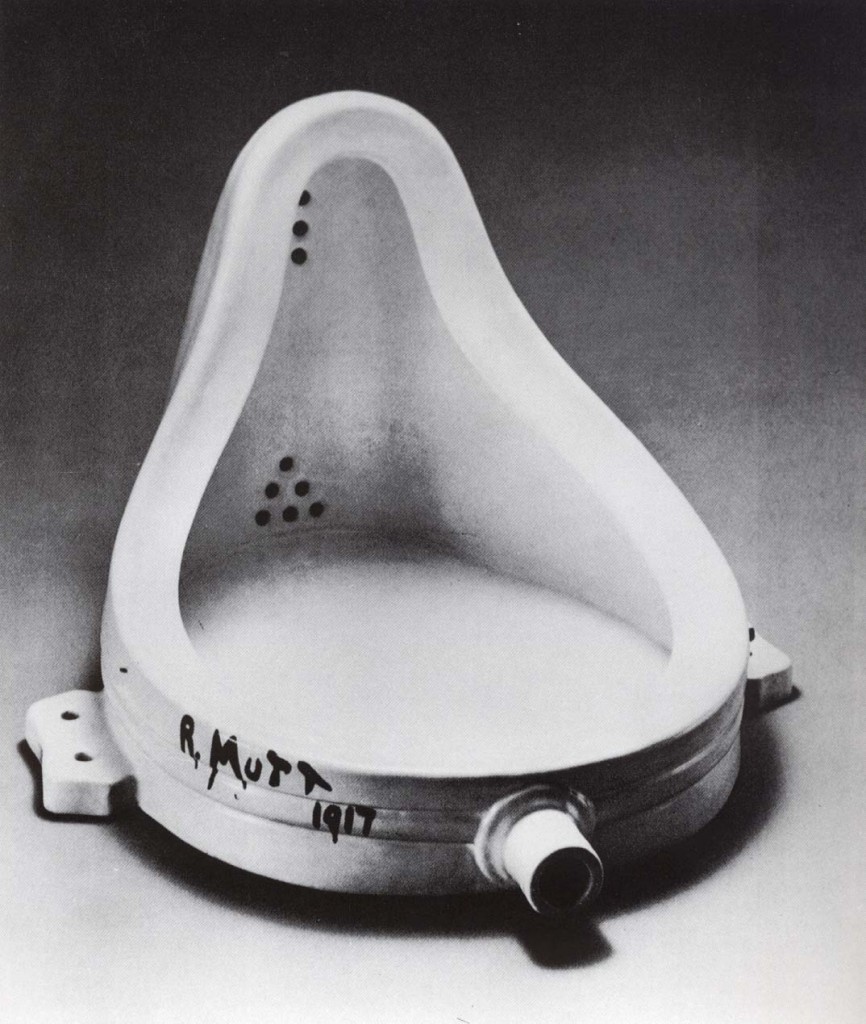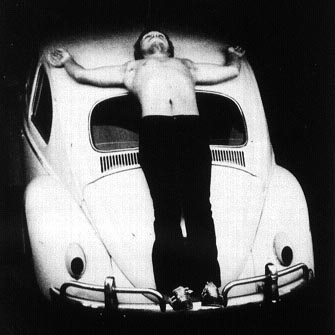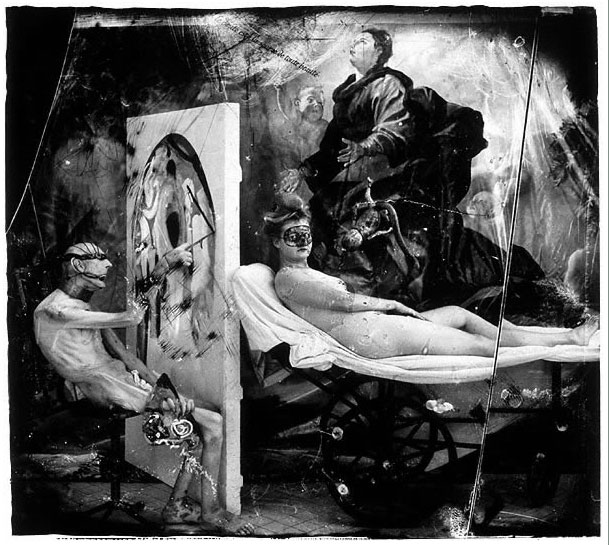We seem to be living in the age of the heretic. The orthodox Church of heresy.Is the new heresy to accept that there are many rules? Is it a heresy to swim with the tide? Are those “rebels” really actually obeying and reinforcing some of the worst aspects of our current regimes and political order, just articulating new demands in old contexts? Maybe stability is truth….
Such is our debt that we can say we owe to the long tradition of European heresy. The heretics have been, if not the makers, at least the pacemakers of industrial society, scientific advance, disestablishment of the Church, and religious toleration. But those who prefer orthodoxy can at least make one boast. Heretics have done nothing for art. One reason is no doubt economic. The wealth and patronage which spends itself in art has always been at the disposal of the established church, not of its persecuted critics, and this economic fact has often become a moral attitude: heresy, which is essentially intellectual, disdains appeals to the senses. Moreover, the puritan spirit, which is so powerful in heresy, is positively opposed to art. Magnificent churches, to heretics, have symbolized only the wealth and corruption of the Church, religious pictures have been falsifications of the gospel, statues have been “dead images,” “idols” only fit for destruction.

—Nothing could have been more brazenly heretical than Marcel Duchamp’s shameless decision in 1917 to buy an ordinary urinal and display it as his own work of art….By rallying to Duchamp’s defence, they upheld one of the cornerstone beliefs of modernism. The principle became so widely espoused that, by 1950, when Ernst Gombrich first published his best-selling classic, The Story of Art, he insisted in his introduction that “Art with a capital A has no existence”. Unlike so many diehard defenders of tradition, who deplored everything that Duchamp and the Dadaists stood for, Gombrich championed freedom: “There are only artists,” he declared.
Duchamp wanted to assert the artist’s right to be a thinker rather than a maker, and escape from the limiting notion that an artwork must always be handcrafted, the product of skill and technical excellence.—Read More:http://www.independent.co.uk/news/world/europe/how-duchamp-made-a-splash-and-changed-art-forever-6156613.html
Erasmus, seeing the elaborate Certosa di Pavia, could only exclaim that all that cost might have been spent on the poor. Zwingli, seeing the splendid abbey of Einsiedeln, was roused to hatred of the rich, corrupt church which preferred magnificence and magic to piety and humanity. The English puritans hewed the heads off statues, shivered stained glass windows, and threw a painting by Rubens into the Thames.
The artistic product of two thousand years of heresy is nil. On the other hand, as Edward Gibbon remarked, “the Catholic superstition, which is always the enemy of reason, is often the parent of the arts.” Only a rich, established church, which appeals to the senses as well as the conscience, can afford to patronize, or wants to employ, a Giotto, a Fra Angelico, a Greco, or a Rubens…

—recommended reading: postmodern heretics by eleanor heartney …Heartley covers Catholic artists with an emphasis on performance artists. It is fasinating how the idea of incarnation plays into the artists’ imagination of sexuality, physicality and embodiment. These artists deal a lot with taking the shameful or digusting and attempting to redeem it and love it. I think it is also a study of how creative people take theology and work it out into life, physically, kinetically–and how theology is wrapped up in the imagination.—Read More:http://thegourd.blogspot.ca/2006/01/recommended-reading-postmodern.html
ADDENDUM:
(see link at end)…Of the king’s own paintings, while some, including a few by Rubens, were thrown into the Thames, most were sold at Somerset House—to pay for the army that had defeated him. Others went to pay off royal debts. So Charles’s plumber got a Titian, his builder a Correggio, and to his draper, one John Geere, went Van Dyck’s group portrait of Charles’s children and Titian’s reportedly sublime portrait of Isabella d’Este. He was its last recorded owner….

—In Tribes, a Mao sized pocket of a book packing a billboard sized cultural revolutionary message, Godin lays out a manifesto in favor of heresy. “Heretics are the new leaders” he tells us and explains that “heretics, troublemakers, and change agents aren’t merely thorns in our side — they are the keys to our success.”
Challenging the status-quo, therefore, for Godin, is the key to progress. Stability is an illusion. He even coins what he calls “the cult of the heretic” which involves becoming Martin Luther and “pinning your Ninety-five Theses to the church door”. “Heretics must believe”, Godin tells us. And that’s why, he explains, we invite them to Davos, elect them to Congress and reward them with personal fortunes when their start-ups go public. —Read More:http://www.ajkeen.com/2008/12/15/the-only-rule-is-there-are-no-heretics/ image:http://www.phantasmaphile.com/2007/06/joelpeter_witki.html
If official policy destroyed Stuart Britain’s important collections, disasters also came at a lower level as Puritan iconoclasts embarked on an orgy of destruction of religious art. The process was repeated a century later in Revolutionary France. Flick cites the destruction of Old Masters belonging to Louis XVI and examines how the sale of the collection of the soon to be guillotined duc d’Orleans resulted in the eventual loss of important works.Read More:http://stevenwarran-backstage.blogspot.ca/2010/11/when-great-works-of-art-become.html
—————————–
( see link at end) …The iconoclastic orders by Parliament to remove or destroy representations of any of the three persons of the Trinity were understood to include pictures of Christ’s humanity. Such an order from the Parliament was issued in September 1641. Interestingly, an unauthorized draft was published on September 1, wording the order about images: “That all Pictures, and Images of Christ, the Virgin Mary, and the like, in Churches, Chappels, or Chancels, should bee taken away.” The version released formally by the Parliament omits Christ but more generally addresses images of any Person of the Trinity. “That all Crucifixes, Scandalous Pictures of any One or more Persons of the Trinity, and all Images of the Virgin Mary, shall be taken away and abolished….” The unauthorized draft was correct about the intent. Of the destructions carried out by William Dowsing recorded in his journal, the majority of images chosen for destruction were “pictures of Christ or crucifixes” (Spraggon, 126). And one of the notable results of Parliament’s iconoclasm was the destruction in March 1643 of Ruben’s Crucifixion, which was torn into bits and thrown in the Thames.
The subject of picturing Christ’s “humanity” was actually addressed in a notable way before Parliament ventured to issue their iconoclastic orders. The House of Commons overruled a censor’s refusal to publish John Vicars’ The Sinfulness and Unlawfulness of making or having the Picture of Christ’s Humanity. It was published “with Authority” on February 20, 1641. Vicars held that “the simple and mere making and having of the picture of Christ, even for civil or morall uses, to be utterly unlawfull, and so absolutely sinful,” and he cited works such as the Homily on Idolatry and the long popular and often reprinted exposition of the ten commandments by Dod and Cleavor, as well as a 1639 work by Edmund Gurney vindicating the second commandment.Read More:http://www.naphtali.com/articles/chris-coldwell/the-int
of-westminster-larger-catechism-109-regarding-pictures-of-christ%E2%80%99s-humanity/




 COMMENTS
COMMENTS